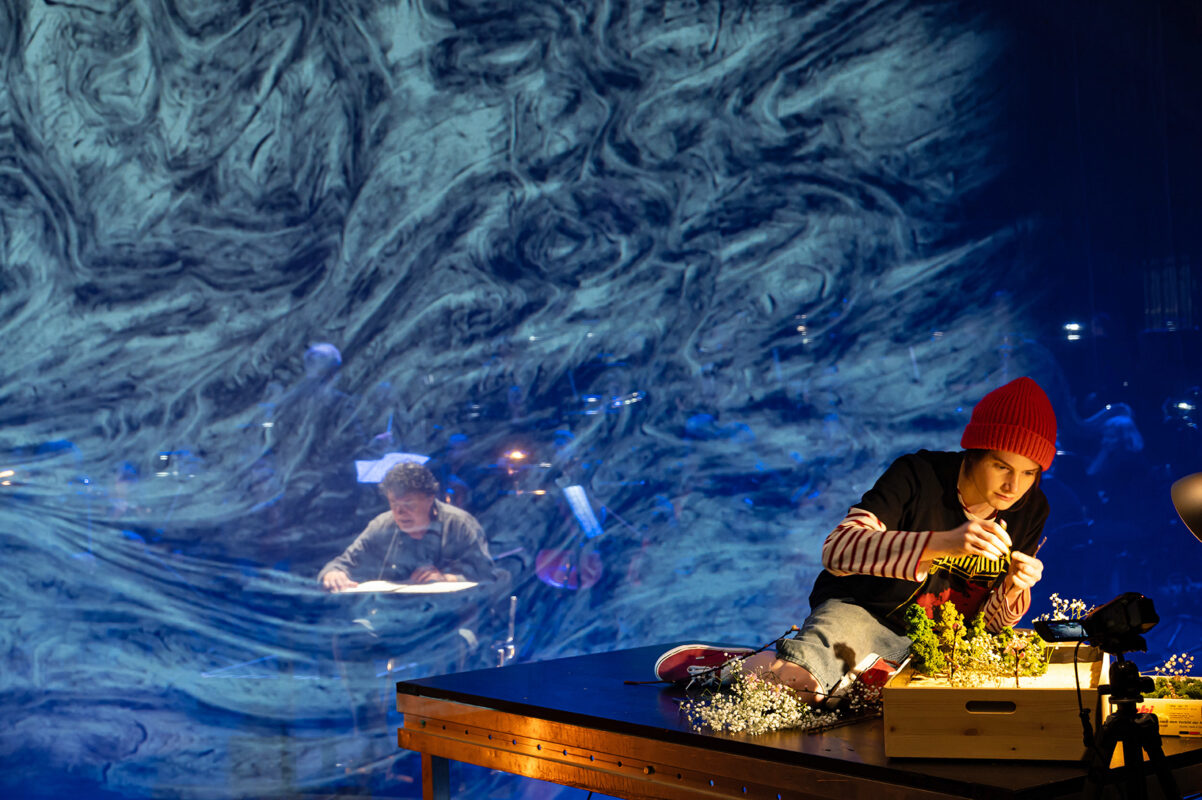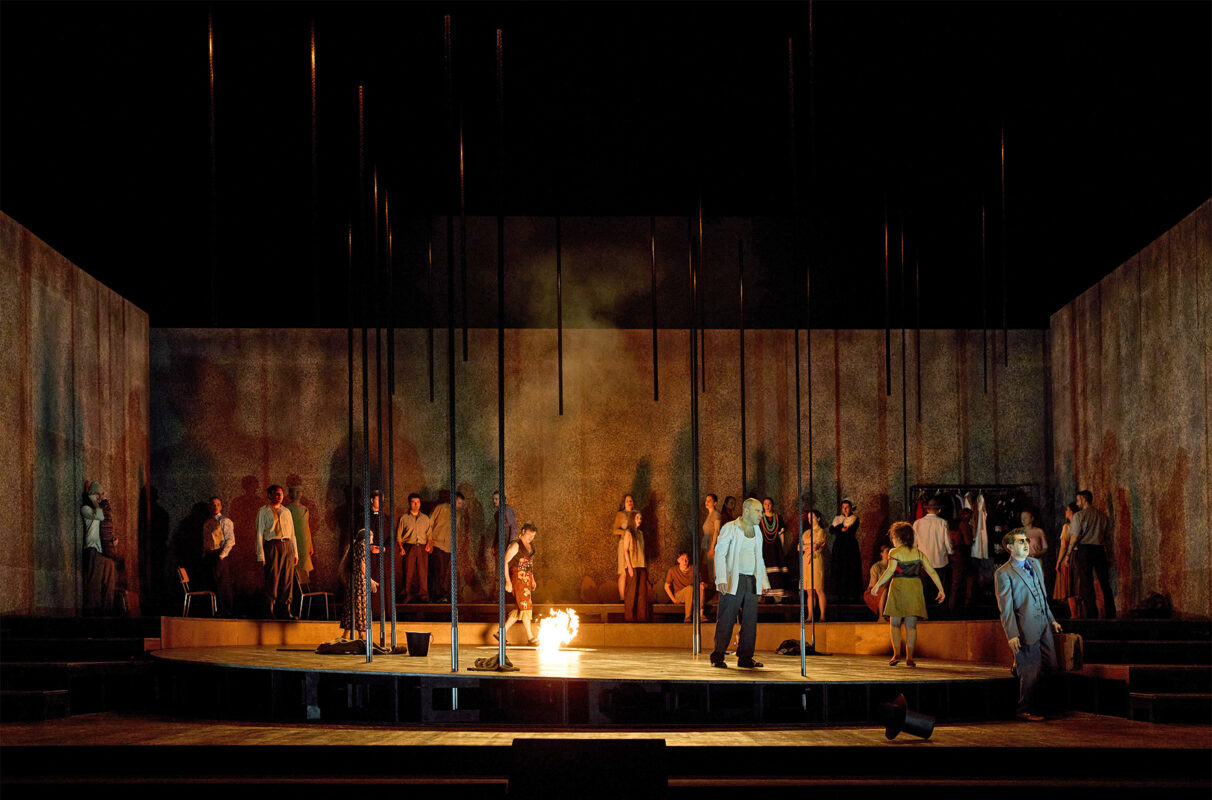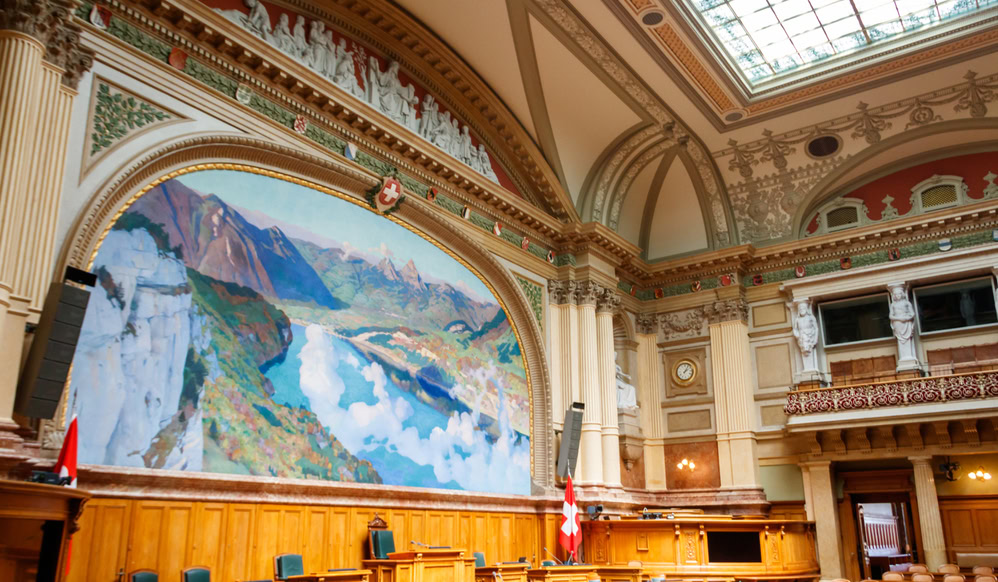Mendelssohn trouvailles performed
In January, the piano duo Soós-Haag played the cadenzas by Felix Mendelssohn to Mozart's Concerto for Two Pianos and Orchestra K. 365, which they had discovered some time ago at the Sacher Foundation, for the first time.
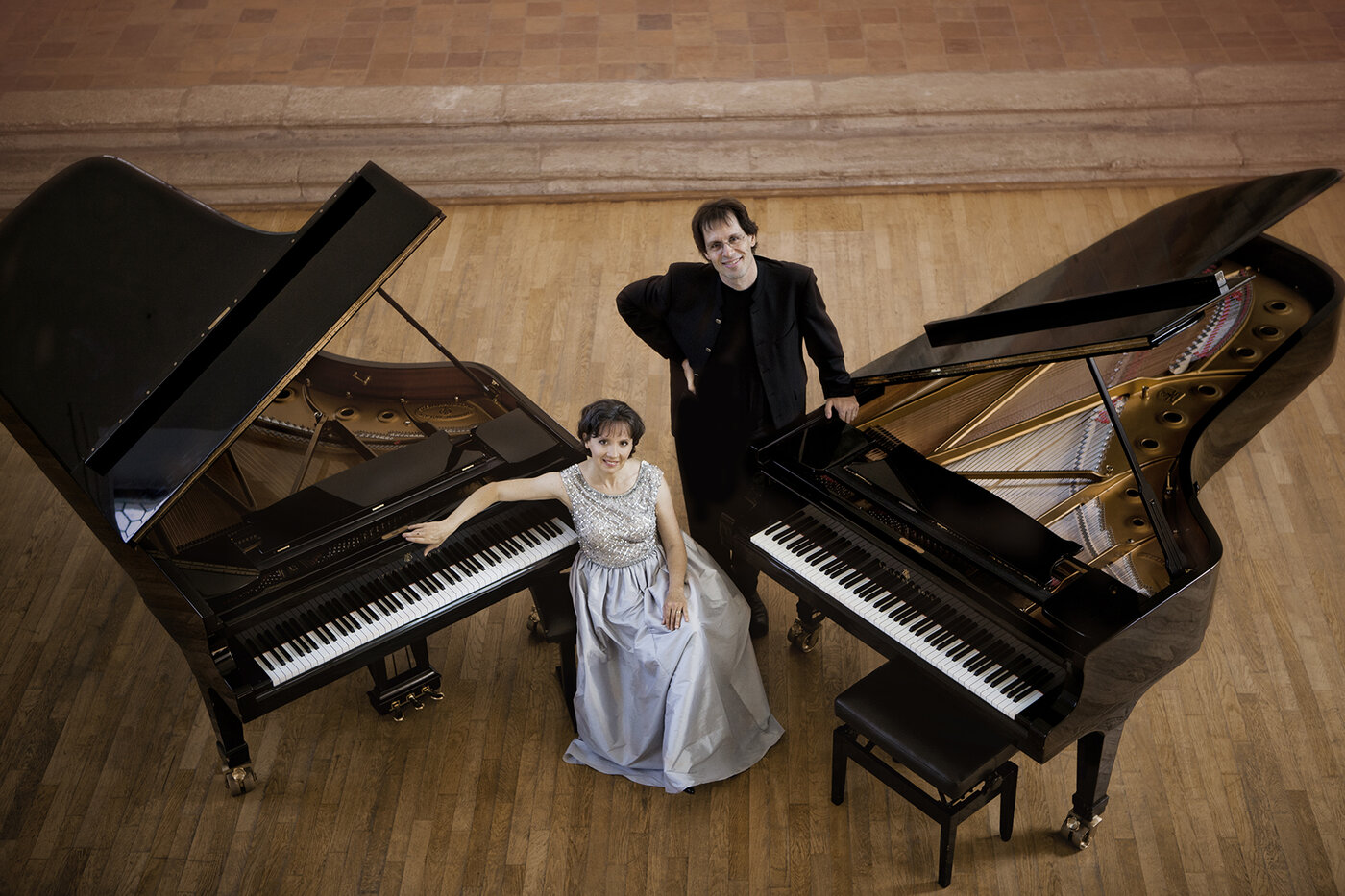
Years ago, the Piano duo Soós-Haag two cadenzas by Felix Mendelssohn for Mozart's Double Concerto K. 365, which could finally be performed in Lindau, Liestal, Lutry and Boswil. Ivo Haag explains the research at the time: "In a letter to his family in Leipzig dated June 1, 1832, Mendelssohn wrote from London that he was playing Mozart's double concerto with Ignaz Moscheles that evening and that he had written 'two long cadenzas' for the occasion."
Thanks to a tip-off from Ralf Wehner from the Leipzig Mendelssohn Research Center, they learned that these "London" cadenzas are in the Paul Sacher Foundation in Basel. Until then, they had only been known to a few specialists. Haag describes the moment of discovery as "magical": "I immediately saw that it was highly interesting material and was determined to put it into a performable form." As the manuscripts have only survived as fragments, the cadenzas have long awaited completion and performance.
In concert by Chaarts from January 20 at the Künstlerhaus Boswil Mozart's double concerto was embedded in works by Bach, Veress and a Mozart symphony. In Bach's Concerto in C major BWV 1061, originally planned for two keyboard instruments without orchestra, the Soós-Haag duo was able to demonstrate its qualities: the competition between the two equal partners in the first movement or the subtle Siciliano. The two pianos outshone the somewhat sluggish accompaniment of the Ensemble Chaarts.
In the Four Transylvanian dances but then turned it up a notch. Veress skillfully transformed the folk music from his homeland into a string orchestra work of great intensity. The composition was premiered by Paul Sacher in Basel in 1950. Veress' estate, like the Mozart/Mendelssohn cadenzas, is in the Sacher Foundation.
The dances are held in the good suite tradition. "Lassú" impresses with its romance-like gesture, followed by a jumping dance in "Ugros". The melancholy "Lejtös" begins with a sustained viola melody, while "Dobbantós" presents an energetic finale, in which conductor Gábor Takács-Nagy even jumps up on stage.
The interpretation unmistakably bore Chaart's signature, which became even more audible in Mozart's Symphony No. 29 in A major K. 201. Energetic, almost over-enthusiastic bowing, energy of the highest intensity with short phrasing. The Andante also matched this highly dynamic approach: according to the score, all the strings should play with mutes, which produces a soft, enigmatic sound. Was it intentional that some of the musicians were missing the mute? In any case, the prescribed sordino effect was lost. (cf. counterstatement by Andreas Fleck*)
Born out of improvisation
The focus of the evening, however, was Mozart's double concerto with the two unknown cadenzas. The Soós-Haag duo had succeeded in enlisting Robert David Levin to complete the find. It is extremely rare for manuscripts of cadenzas to survive, and so Levin, who has made a name for himself with reconstructions of Mozart works, was immediately interested. It is particularly exciting that there are original cadenzas by Mozart that are played "a tempo".
And with Mendelssohn? In contrast to Mozart, it is obvious that Mendelssohn's cadenzas were the result of improvisation, as Haag explains: "They are more loosely structured; Moscheles and Mendelssohn often liked to improvise together. The one for the first movement is more or less written out, except for one passage in the first piano, which is based on an unnotated improvisation by Moscheles. Robert Levin has completed this passage in a congenial manner. The sketch material for the third movement is very rudimentary." So Levin had to add more.
As a listener at the concert, I naturally wondered how this might sound: more like Mozart or more like Mendelssohn? The answer was striking in several respects. On the one hand, Mendelssohn opens the door wide to Romanticism, he is freer, bolder in his harmonies, and he gives the two soloists each a large part of their own. The piano duo Soós-Haag didn't need to be asked twice, skillfully playing out the peculiarities, agogically refined and quasi improvisando.
One regretted the brevity of the second cadenza; one would have liked to listen to the bass-heavy part and the Chopin-style garlands a little longer. The Chaarts Ensemble under Gábor Takács-Nagy mastered the balancing act between classical and romantic with a softer approach, longer phrasing and a melting oboe cantilena. The cadenzas enrich the repertoire and will probably be published.
* Counterstatement by Andreas Fleck, Ensemble Chaarts, dated May 8, 2024:
- Mozart (as usual) only prescribes mutes for the violins (see screenshot of score below)
- all violinists played with mutes and consequently the others (6) did not.
- Here is the link to the recording, where the different sounds within the strings are clearly audible
https://open.spotify.com/intl-de/track/2KOtCvJIDHl80h2hrqkETG?si=099d88c994154cfc - The recorded video shows (in the concert two days later) that all the violinists put on their mutes as a matter of course.
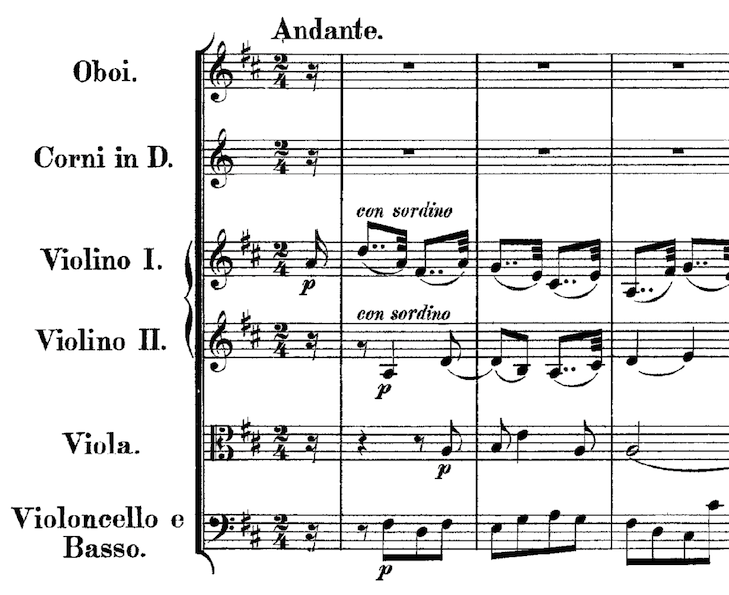
Editor's note: Amendment or addition executed on May 13, 2024






